In the age of instant information, myths about snake venom continue to slither through social media, blogs, and even some news outlets. These misconceptions aren’t just harmless tales—they can lead to dangerous situations, inappropriate first aid responses, and unnecessary fear of these often misunderstood creatures. From fantastical claims about “instant death” venoms to bizarre folk remedies, the internet has become a breeding ground for snake venom misinformation. This article aims to shed light on these persistent myths, replacing fear with facts and fiction with science.
The “Suck Out the Venom” Myth
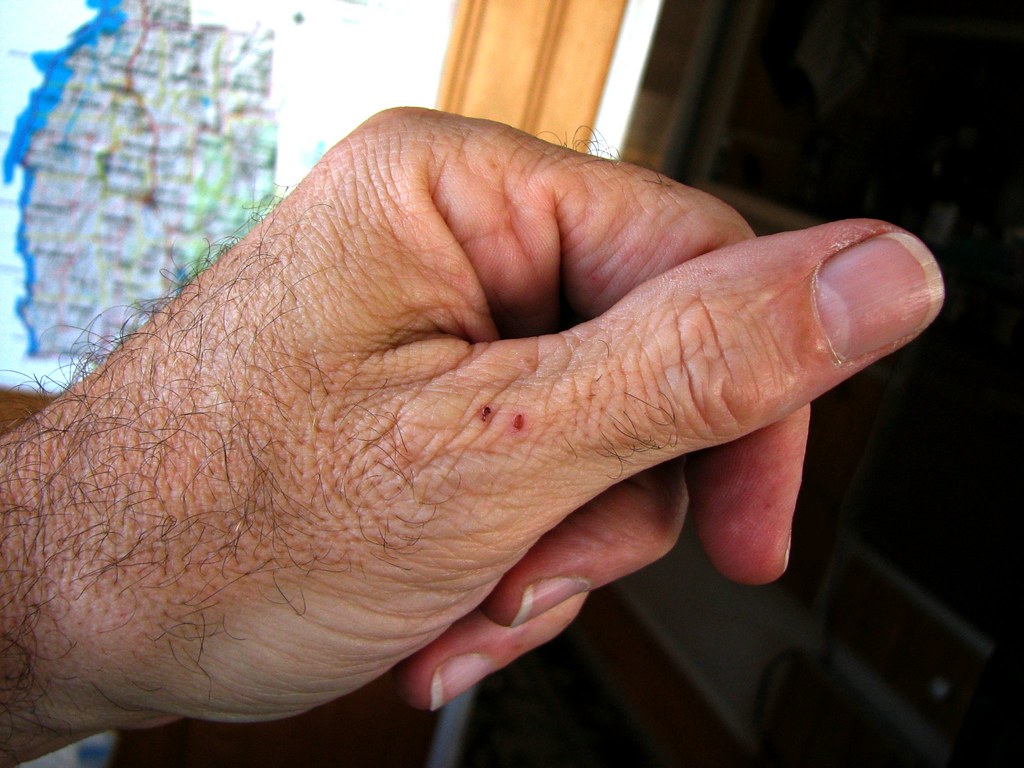
Perhaps the most pervasive snake bite myth portrayed in countless movies and TV shows is the idea that quickly sucking venom from a bite wound can save a victim’s life. This dangerous misconception not only fails to remove significant amounts of venom but can actively worsen the situation. When someone attempts this technique, they risk introducing bacteria from their mouth into the wound, potentially causing infection. Additionally, any cuts or sores in the rescuer’s mouth could allow venom to enter their bloodstream, creating a second victim. Medical experts universally condemn this practice, emphasizing that proper medical attention and antivenom are the only effective treatments for venomous snake bites.
Venomous vs. Poisonous Confusion
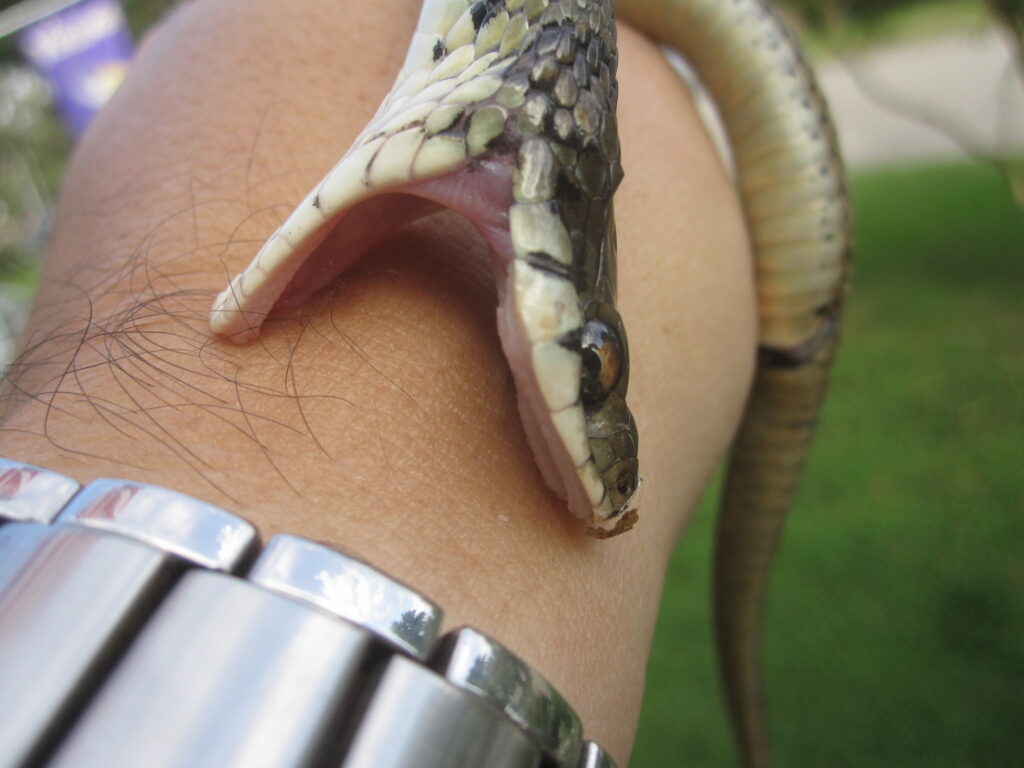
A fundamental misunderstanding that persists online involves using the terms “venomous” and “poisonous” interchangeably when discussing snakes. This isn’t merely a semantic distinction but reflects a complete difference in how toxins are delivered. Venomous animals inject their toxins through specialized structures like fangs or stingers, while poisonous creatures contain toxins that affect you when eaten or touched. With very few exceptions, snakes are venomous, not poisonous—they actively deliver toxins through their fangs rather than passively transmitting them through touch or consumption. This distinction matters because it informs how people should handle snakes and respond to potential dangers they present.
The “Baby Snakes Are More Dangerous” Fallacy
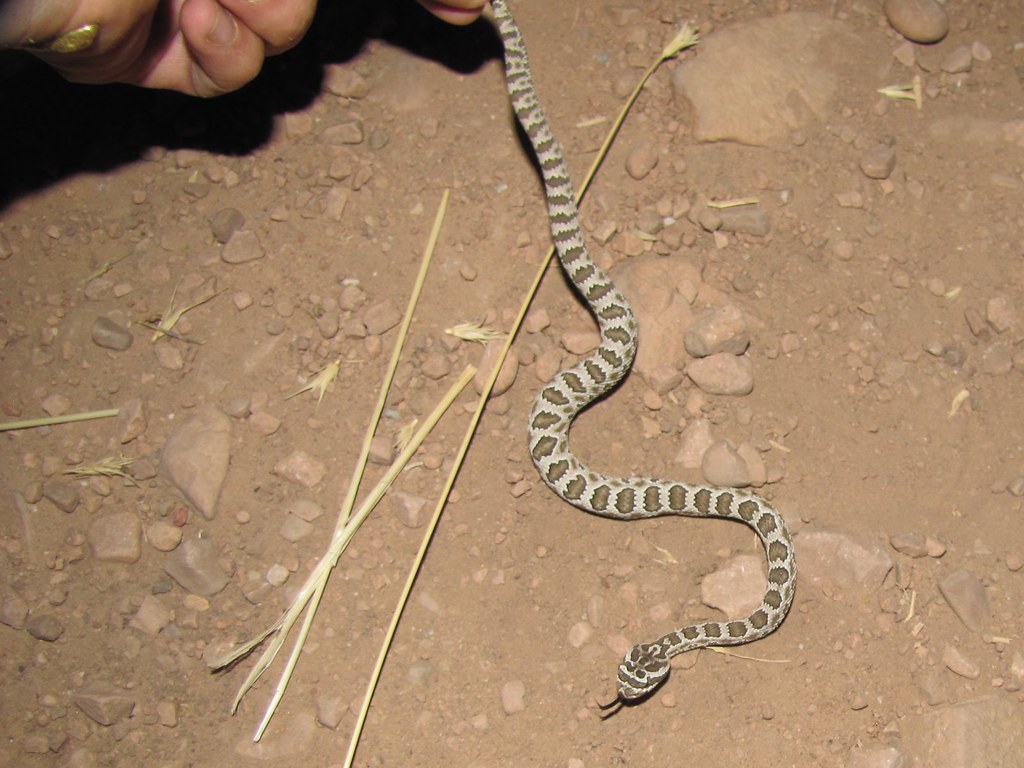
A widely circulated claim suggests that juvenile venomous snakes are more dangerous than adults because they can’t control their venom output. According to this myth, baby snakes deliver their entire venom supply with each bite, making them more lethal than their mature counterparts. Scientific research, however, tells a different story. While juvenile snakes may indeed lack the refined venom control of adults, they also possess significantly smaller venom glands and therefore deliver smaller amounts of venom overall. Adult snakes typically deliver larger venom loads and have more powerful musculature to inject their venom deeply. Both juvenile and adult snake bites require immediate medical attention, but the notion that babies are inherently more dangerous is unsupported by herpetological research.
Tourniquet Application Misconceptions
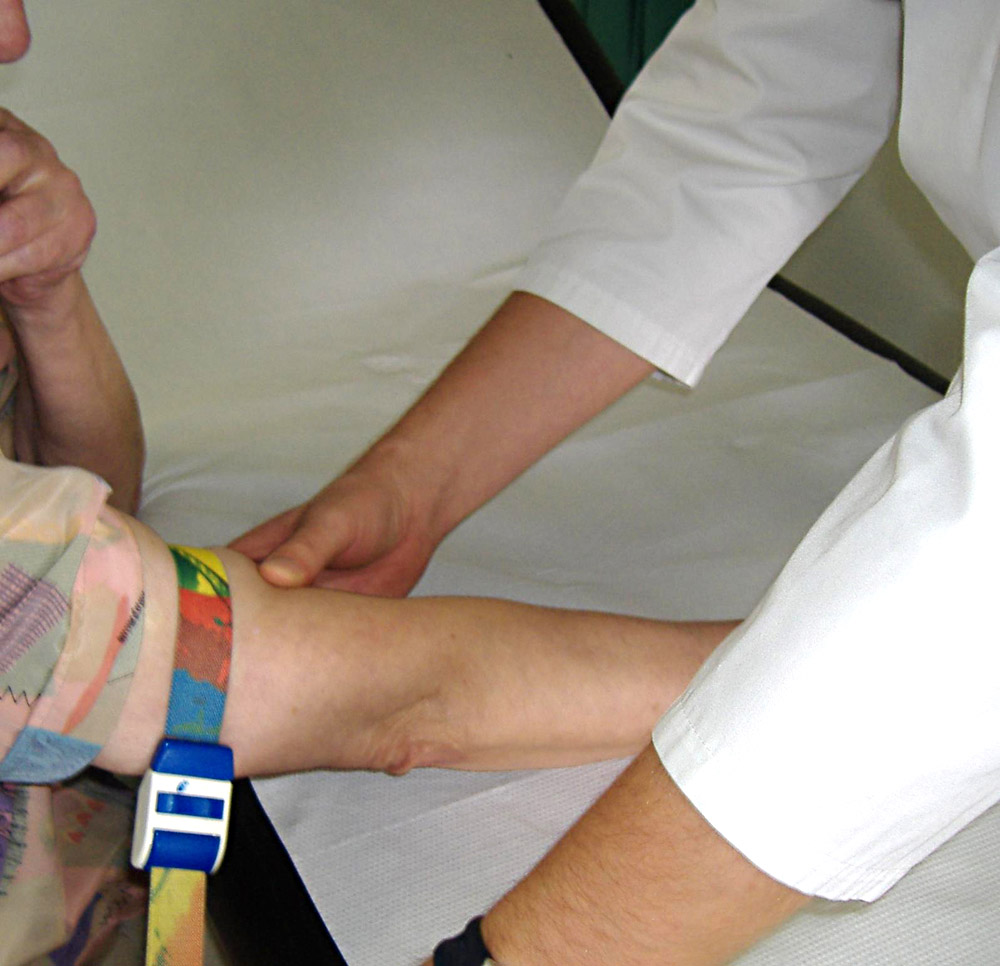
Many online sources still recommend applying tourniquets after venomous snake bites, a practice that modern medicine has largely abandoned for snake envenomation. This outdated advice stems from misunderstanding how snake venoms work in the human body. Applying a tourniquet can concentrate venom in one area, potentially increasing tissue damage and complicating treatment. Additionally, prolonged restriction of blood flow can lead to tissue death and, in extreme cases, necessitate amputation—a far worse outcome than most snake bites would cause on their own. Current medical guidelines instead recommend immobilization of the affected limb, keeping it at heart level, and rapid transport to medical facilities that can administer antivenom, the only proven treatment for serious envenomation.
The Mythical “Instant Death” Venoms
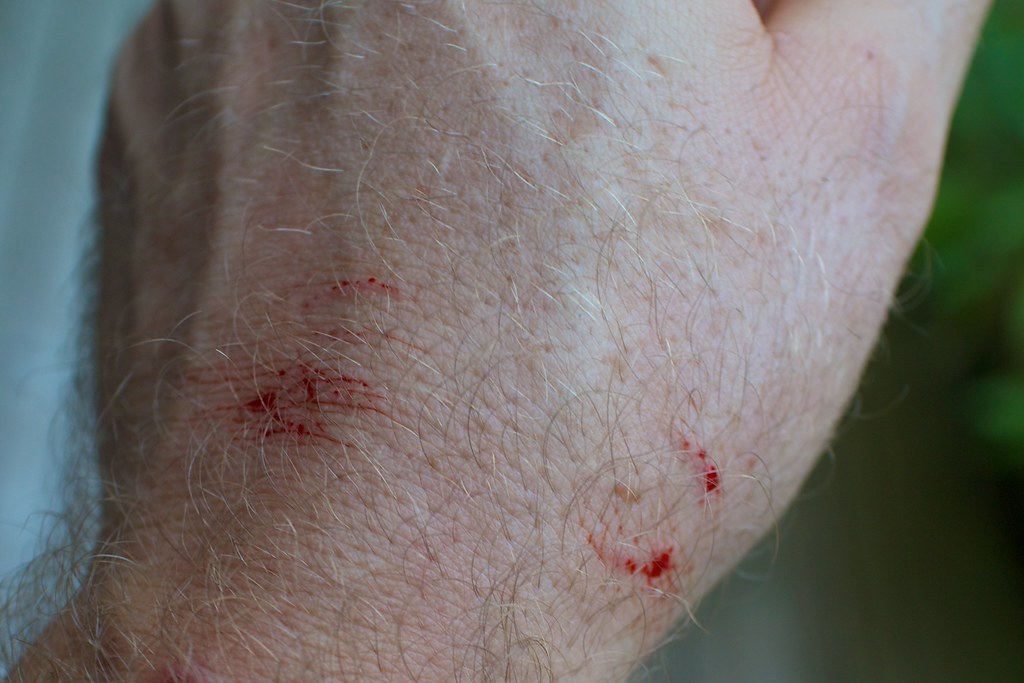
Internet forums and social media platforms abound with claims of snakes whose venom can “kill within minutes” or even “cause instant death.” These exaggerations dramatically overstate the speed at which even the most potent snake venoms operate. While certain species like the inland taipan and black mamba possess extremely potent venoms, the timeline from bite to potential fatality typically spans hours, not minutes—and certainly not seconds. This window provides crucial time for medical intervention, particularly antivenom administration. The perpetuation of “instant death” myths contributes to unnecessary panic and may lead bite victims to believe their situation is hopeless when prompt medical attention could save their lives.
Snake Venom “Immunity” Through Self-Envenomation
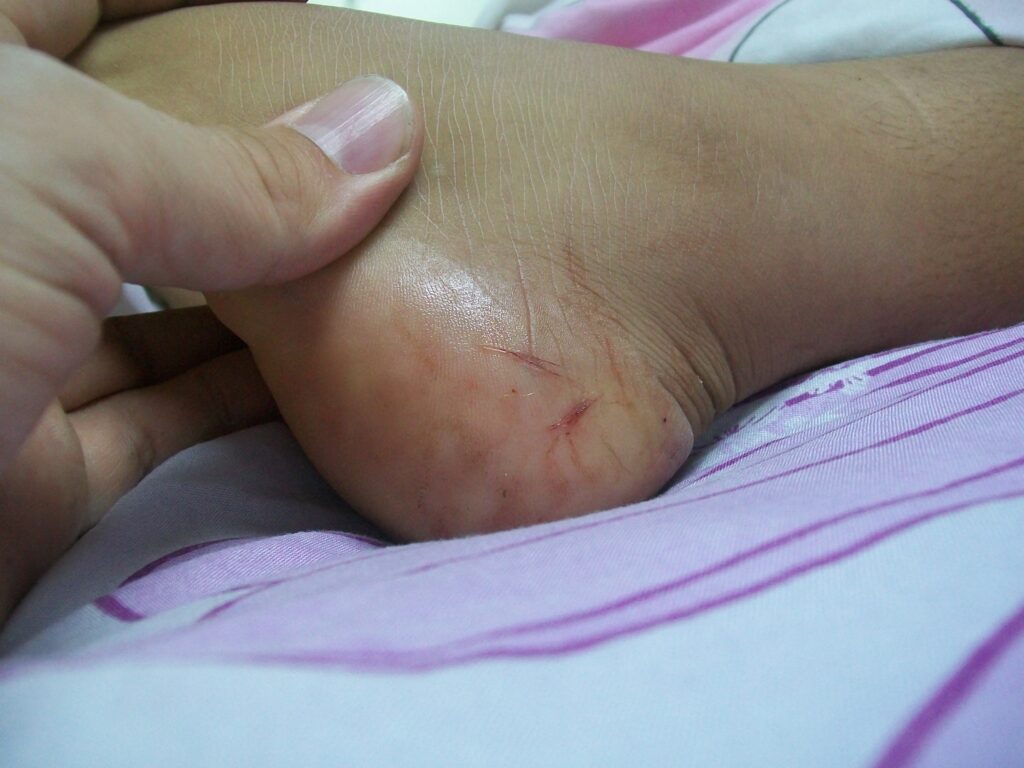
A dangerous myth that occasionally resurfaces online suggests people can develop immunity to snake venom by exposing themselves to small, gradually increasing amounts. This misconception has led some individuals to deliberately allow venomous snakes to bite them or to inject themselves with diluted venom. Such practices are extraordinarily dangerous and have resulted in numerous deaths and permanent injuries. While some professional herpetologists and venom extractors do develop antibodies to specific venoms through occupational exposure, this doesn’t confer reliable immunity.
Furthermore, repeated exposure can trigger severe allergic reactions, including potentially fatal anaphylaxis. The only safe way to develop antibodies against snake venom is through carefully controlled medical immunization programs used to produce antivenom in animals, not through self-experimentation.
Folk Remedies and Pseudoscientific Treatments
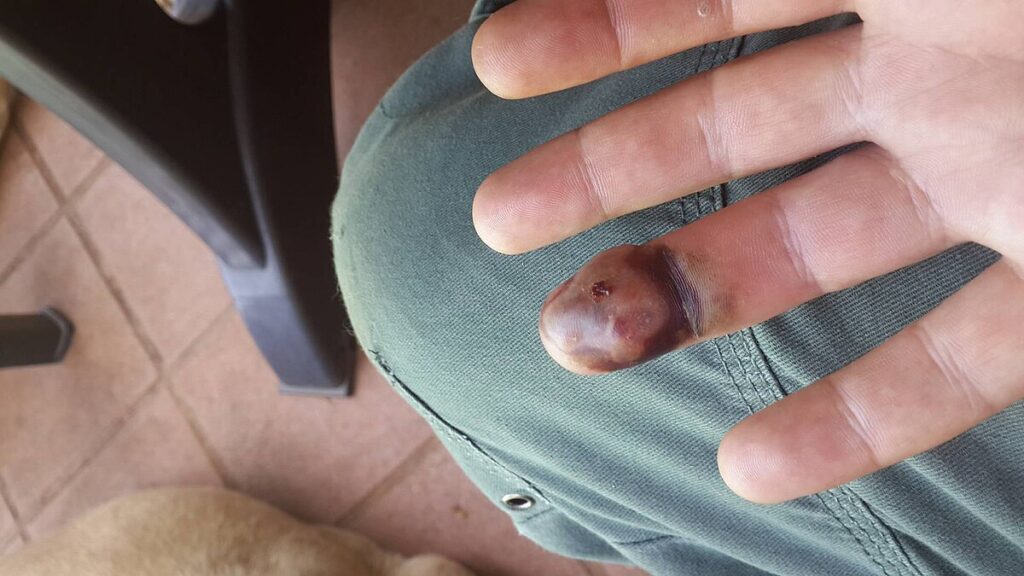
The internet has given new life to numerous folk remedies for snake bites, from applying coffee grounds or tobacco to the wound to consuming alcohol to “thin the blood.” These unscientific approaches not only waste precious time when seeking medical help but can actively worsen outcomes. Some traditional remedies involve cutting the bite site or applying suction devices, practices that increase tissue damage and infection risk without removing venom. Others recommend herbal preparations or household substances with no proven efficacy against snake venom. Medical professionals unanimously agree that such interventions should be avoided in favor of proper emergency response: immobilizing the affected area, removing constrictive items like rings or watches, and seeking immediate medical attention.
The “Venom Detection” Misinformation
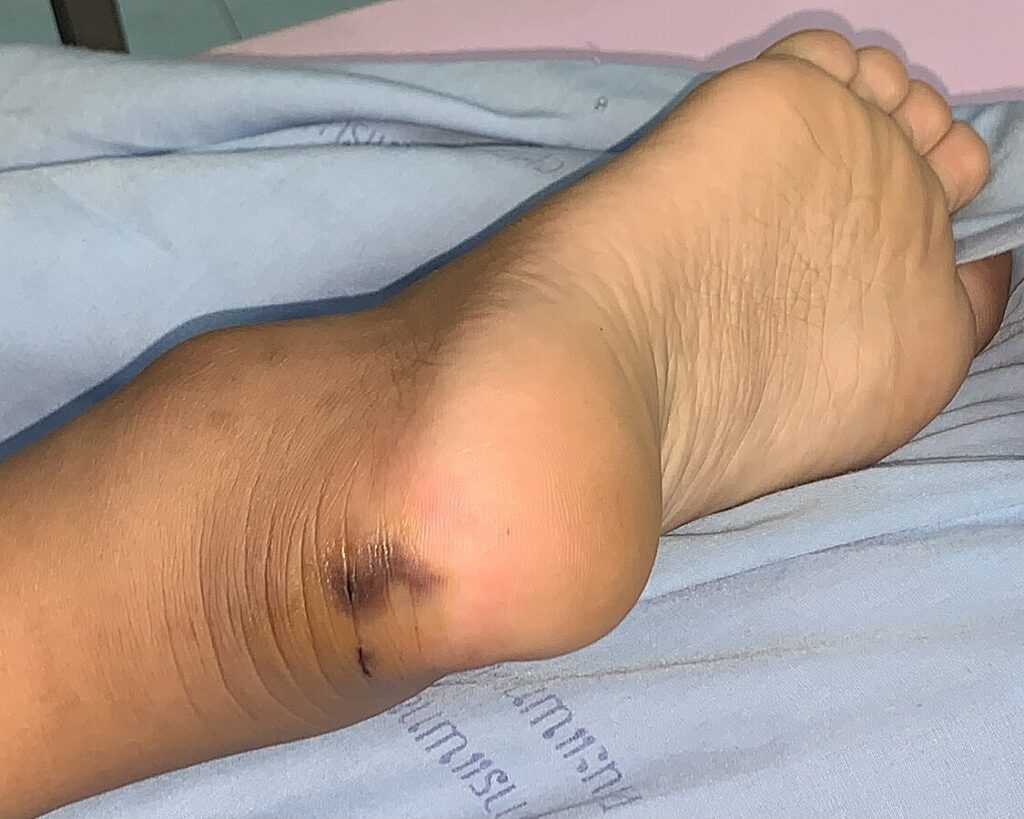
Online resources sometimes perpetuate the myth that you can determine whether a snake is venomous by examining the bite wound for certain patterns or symptoms. According to these claims, venomous bites always show two distinct puncture marks, while non-venomous bites leave a horseshoe-shaped mark of many small teeth. This oversimplification ignores the tremendous variation in fang arrangements among venomous species and can lead to dangerous complacency.
Some highly venomous snakes, like coral snakes, have relatively short fangs that may not leave obvious puncture marks. Conversely, large non-venomous snakes can leave impressive tooth marks that might be mistaken for venomous bites. The only reliable approach is to seek medical attention for any snake bite, as proper identification often requires expert knowledge.
Misconceptions About Antivenom Availability
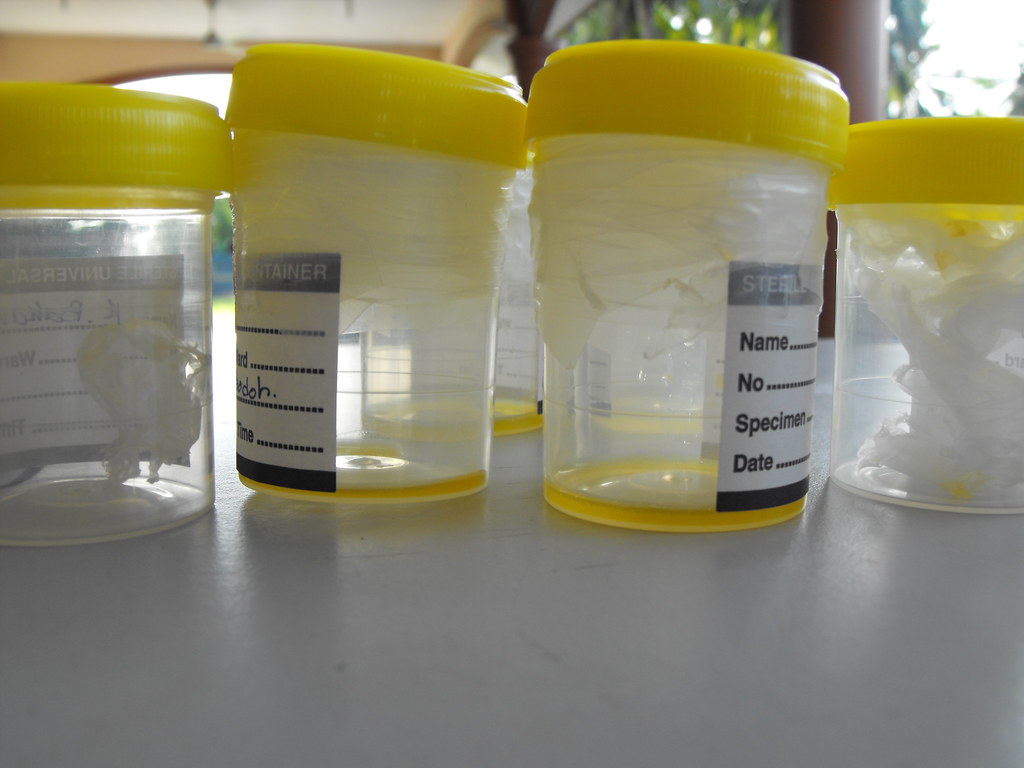
A dangerous misconception suggests that antivenom is readily available at all hospitals and medical facilities worldwide. This belief can lead people to delay seeking appropriate care or to choose facilities not equipped to handle venomous snake bites. In reality, antivenom availability varies dramatically by region, with specialized antivenoms often stocked only at major medical centers or in areas where particular venomous species are common. Even in developed countries, rural hospitals may not stock rare or specific antivenoms. Each antivenom is developed to counter specific snake species or groups, meaning that proper snake identification is crucial for treatment. Additionally, antivenoms are expensive, have limited shelf lives, and require special storage conditions, factors that further restrict their availability in many healthcare settings.
The “All Snakes Kill by the Same Mechanism” Error
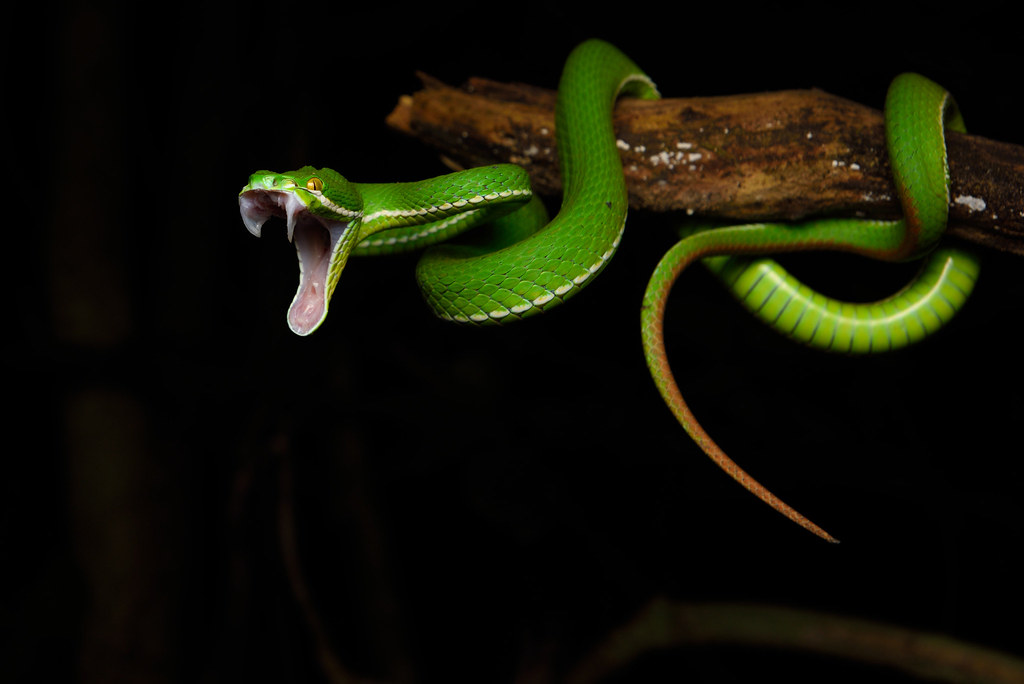
Many online sources incorrectly suggest that all snake venoms work similarly, usually by “stopping the heart” or “shutting down the nervous system.” This oversimplification ignores the incredible diversity of snake venom compositions and their effects on the human body. Snake venoms are complex cocktails of proteins and enzymes that have evolved different mechanisms of action. Elapid snakes (like cobras, mambas, and coral snakes) typically produce neurotoxic venoms that attack the nervous system, while vipers (rattlesnakes, copperheads) often have hemotoxic venoms that destroy tissue and disrupt blood clotting. Many species produce venoms with multiple toxin types and effects. This diversity is why medical treatment must be tailored to the specific envenomation and why universal antivenoms or treatments remain elusive.
Ice Application Misunderstandings
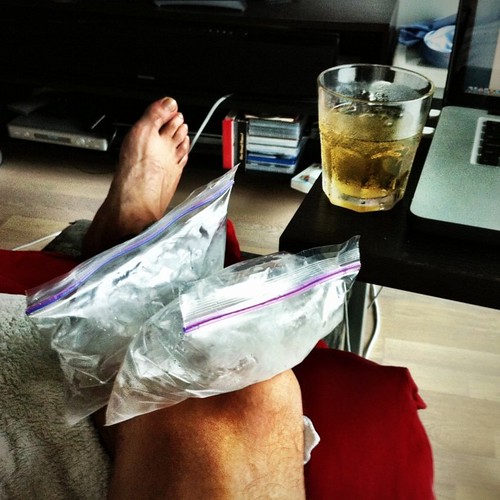
Numerous websites still recommend applying ice or cold packs to snake bite wounds, a practice modern medicine has moved away from in most snake bite protocols. The reasoning behind this outdated advice was that cold would slow venom spread and reduce pain, but research has shown it may actually worsen outcomes. Ice can cause vasoconstriction (narrowing of blood vessels), potentially concentrating venom in the affected tissues and increasing local tissue damage.
Additionally, ice application can mask important symptoms that medical professionals use to assess envenomation severity and progression. Current first aid guidelines from toxicology experts and herpetologists instead emphasize immobilization, keeping the bite site at approximately heart level, and rapid transport to medical care without delay for inappropriate interventions like ice application.
The “Venom Potency Equals Danger” Misconception
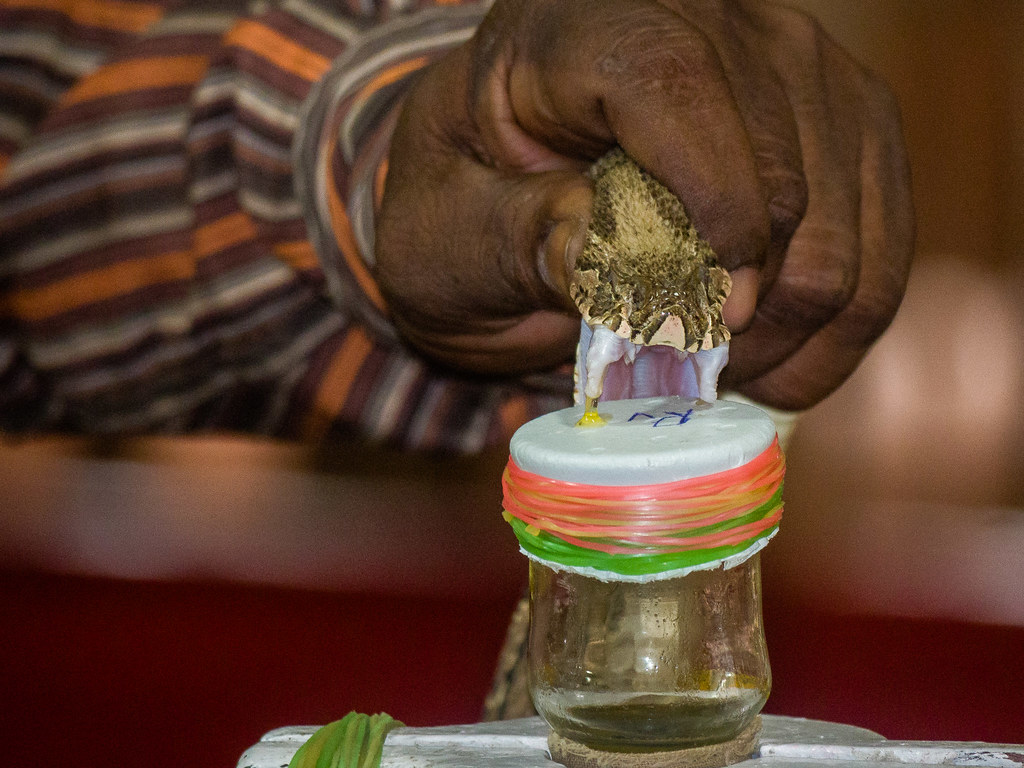
Online discussions of venomous snakes often focus excessively on venom potency rankings, suggesting that the snake with the “most toxic” venom is necessarily the most dangerous. This perspective overlooks the multifaceted nature of what makes a venomous snake hazardous to humans. Factors beyond mere toxicity—including venom yield (how much is injected per bite), fang length, temperament, habitat preferences, and proximity to human populations—all influence how dangerous a species truly is.
For example, while the inland taipan has incredibly potent venom drop-for-drop, it rarely encounters humans due to its remote habitat in the Australian outback. Meanwhile, species with less potent venoms, like Russell’s vipers or saw-scaled vipers, cause thousands of deaths annually because they live in densely populated agricultural areas. Medical accessibility in regions where certain species are found also dramatically affects mortality rates, making “most dangerous” rankings highly contextual.
Electrically “Neutralizing” Venom Myths
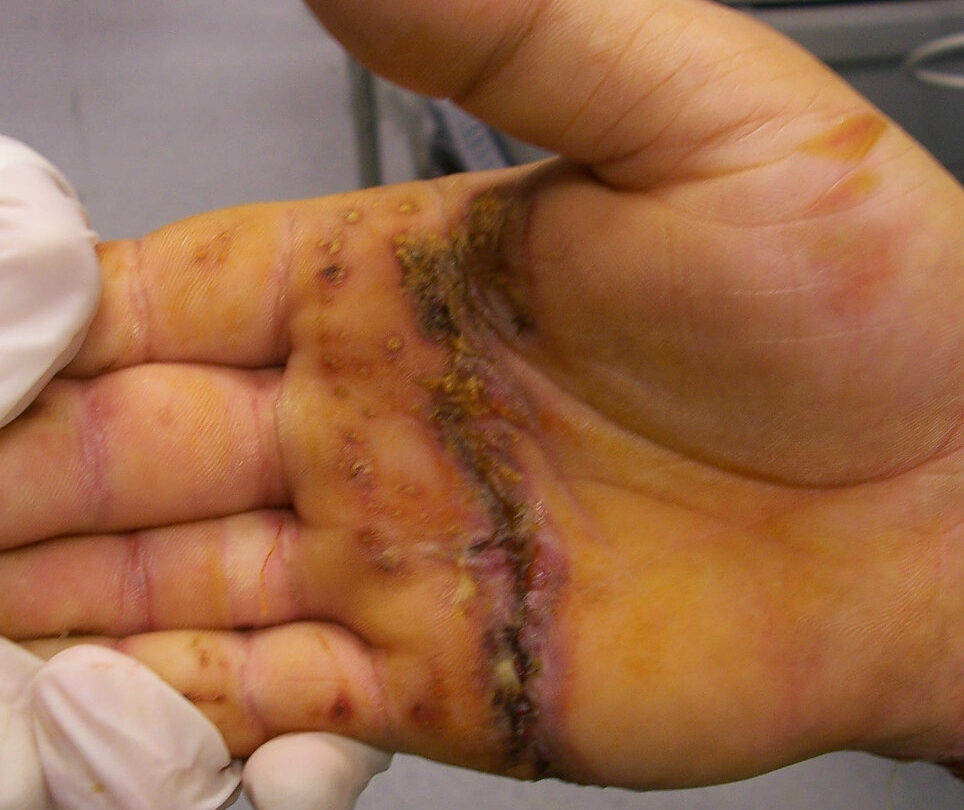
A persistent and particularly dangerous myth suggests that applying electrical current to snake bites can neutralize venom or alleviate symptoms. This misconception gained traction in the 1980s and 1990s and continues to circulate online, with some claiming that everything from stun guns to car batteries can be used as emergency treatment. Multiple scientific studies have thoroughly debunked this practice, finding no evidence that electrical current affects snake venom once it’s in the body.
Worse, such applications can cause electrical burns, tissue damage, and cardiac complications while delaying proper medical care. The origin of this myth may trace back to confusion between snake venom and certain marine toxins, or to misinterpretation of early research that was never clinically validated. No legitimate medical organization recommends electrical shock as a snake bite treatment, and this practice should be actively discouraged.
The digital age has given new life to old myths about snake venom, allowing misconceptions to reach wider audiences than ever before. These persistent falsehoods don’t just represent scientific inaccuracies—they can lead to improper first aid, delayed medical treatment, and even additional injuries. The best protection against venomous snake bites combines prevention, accurate knowledge, and prompt medical response. By replacing sensationalism with science and fear with facts, we can better understand these remarkable animals and their fascinating venoms while ensuring appropriate responses when encounters do occur. Remember that in the case of snake bites, medically validated approaches will always trump internet folklore, and immediate professional medical attention remains the gold standard for treatment.

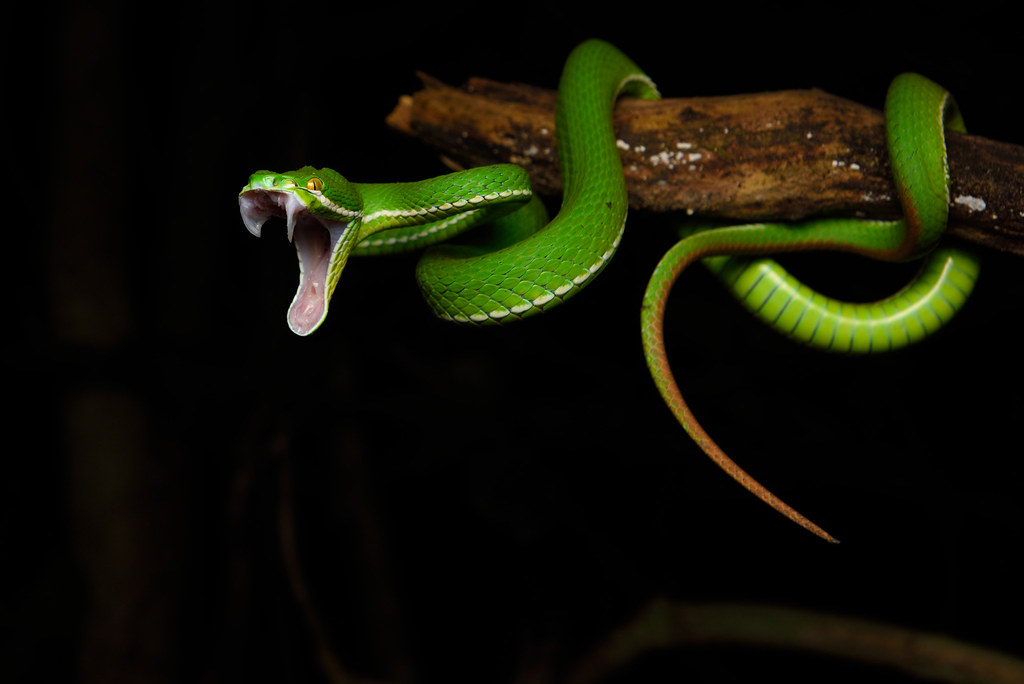
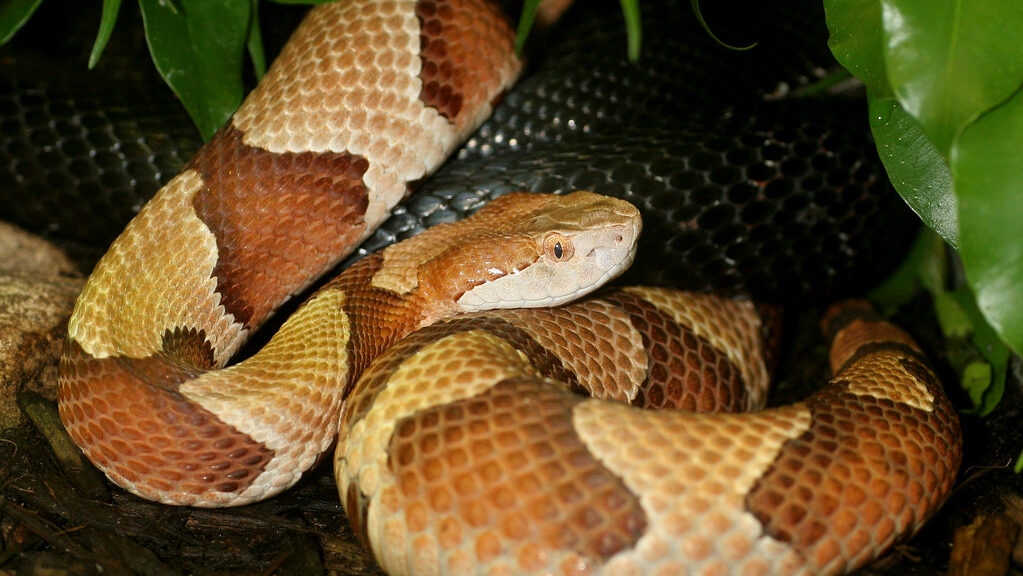

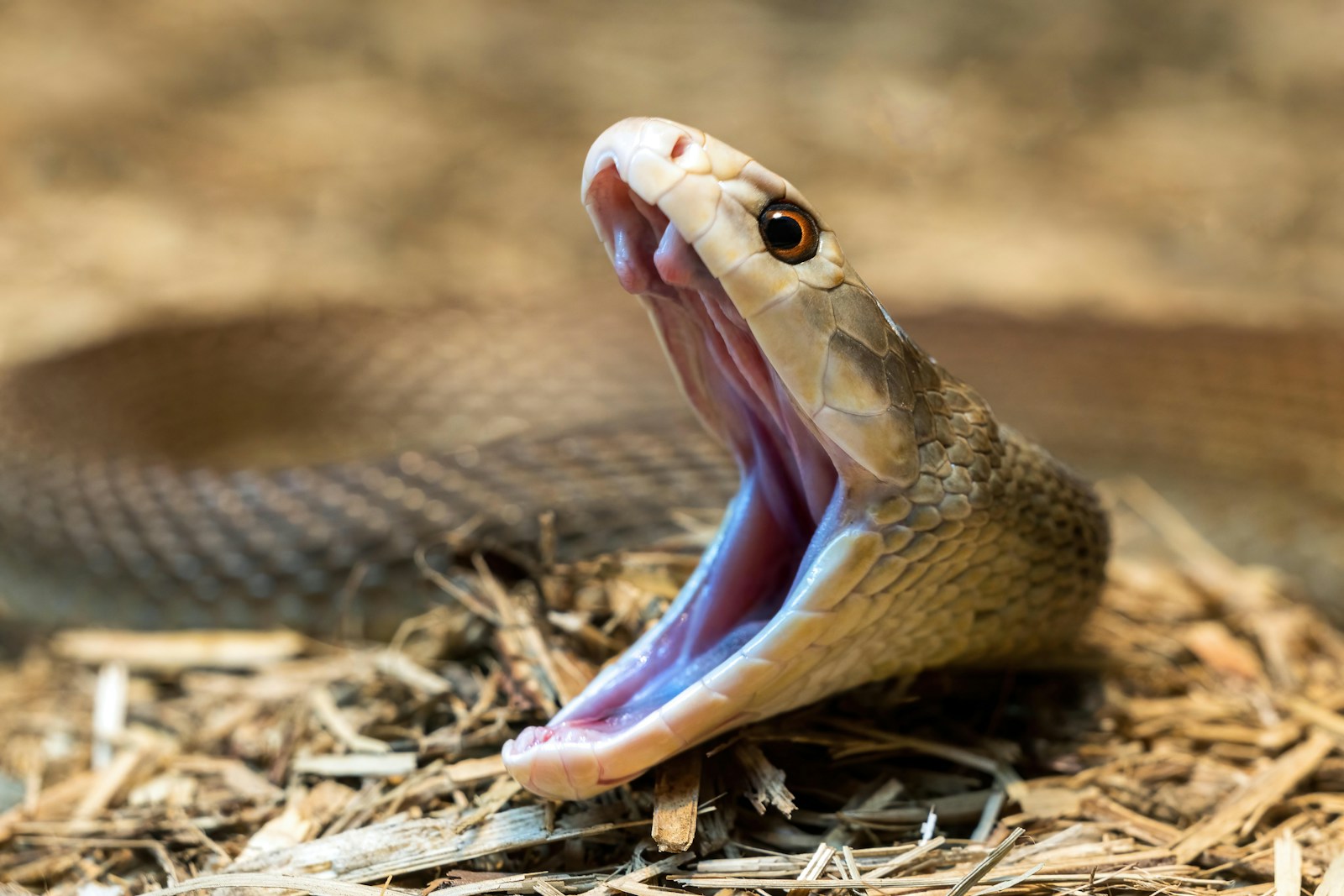
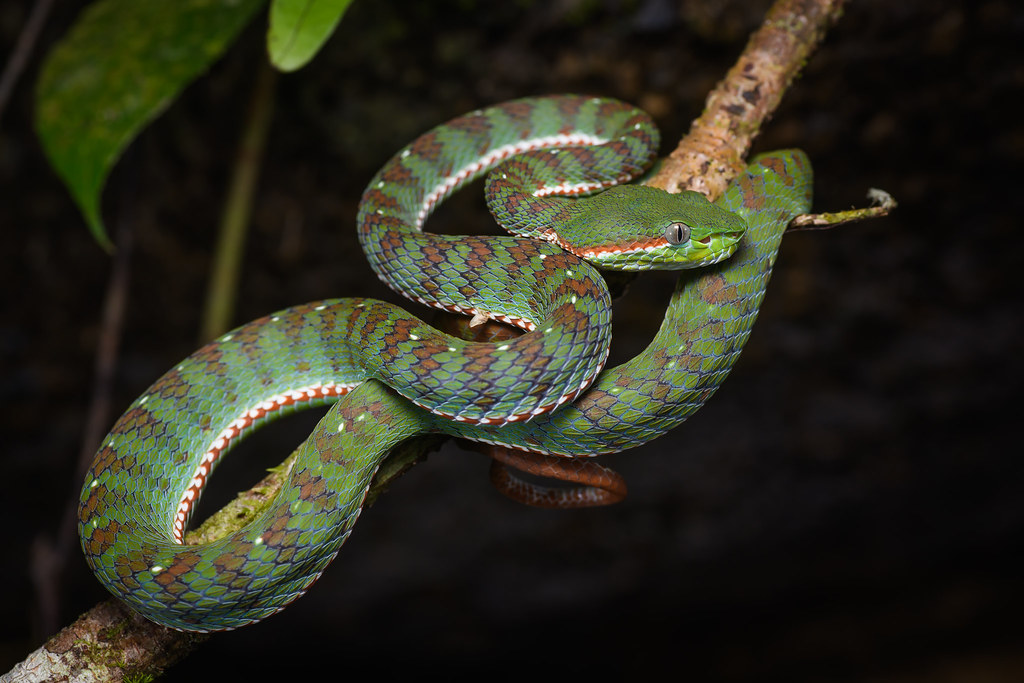
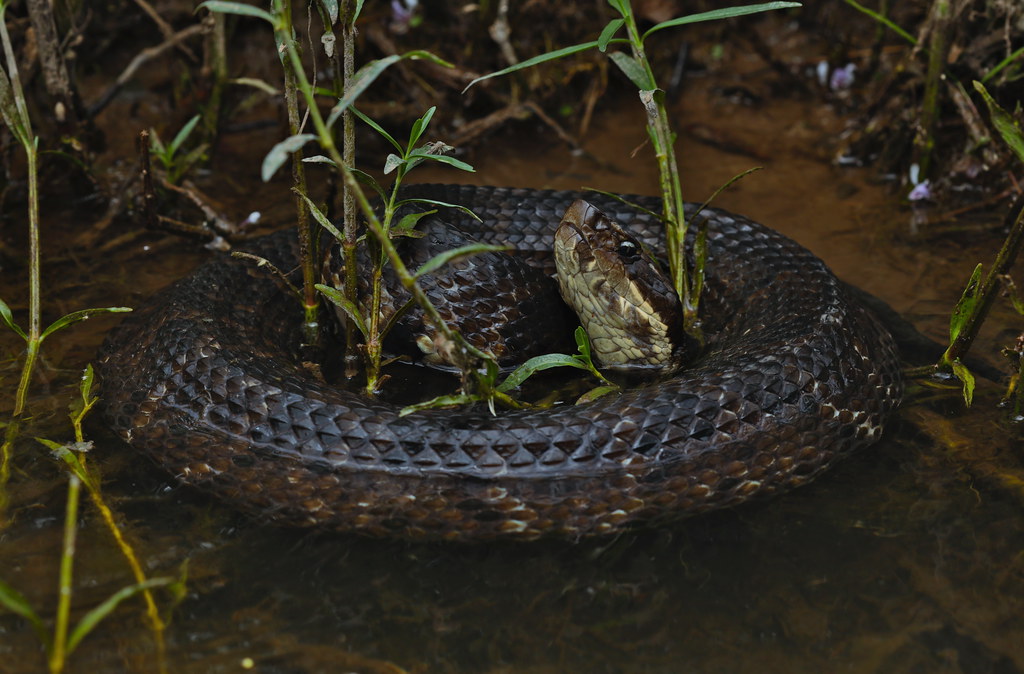

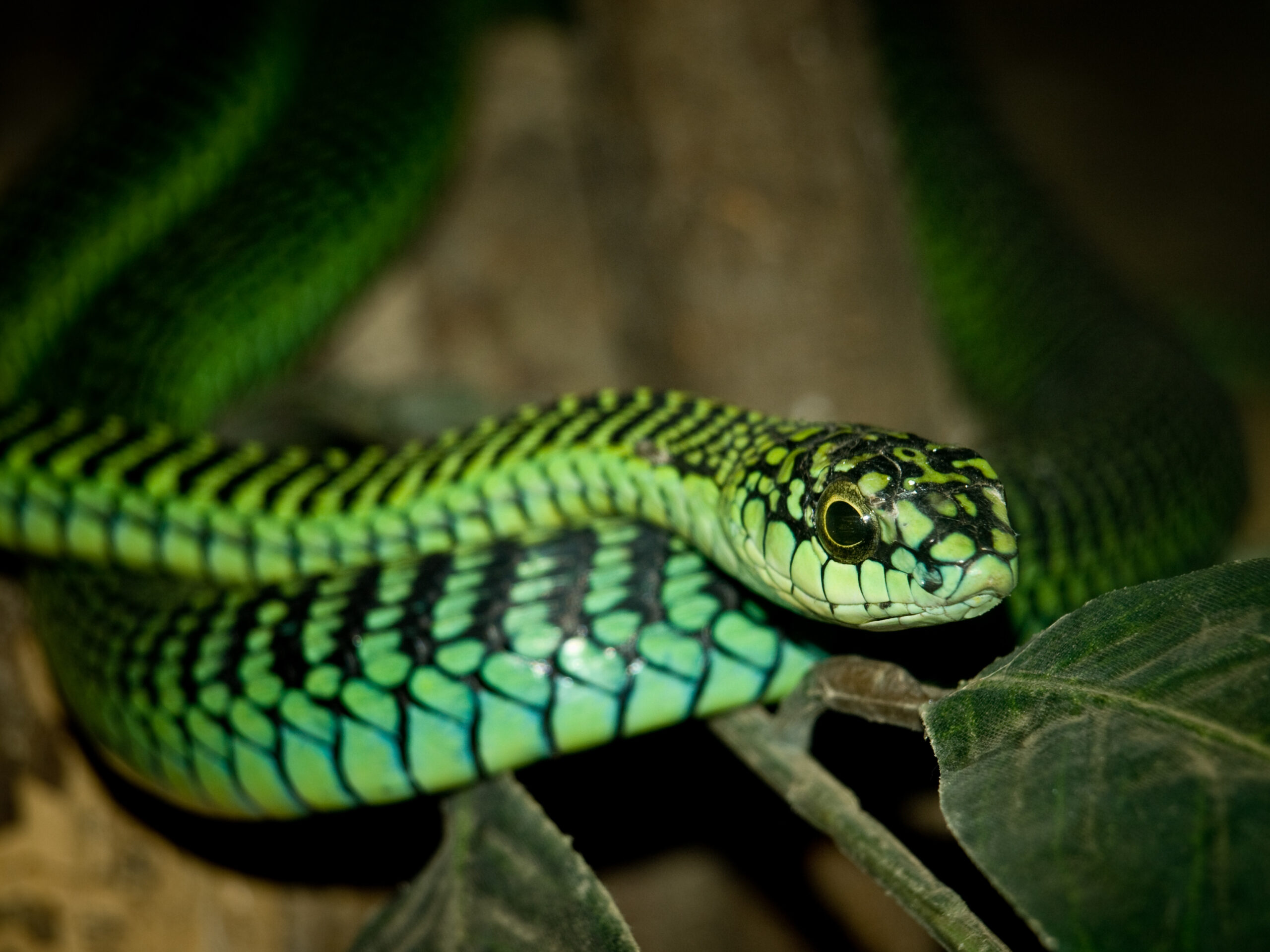
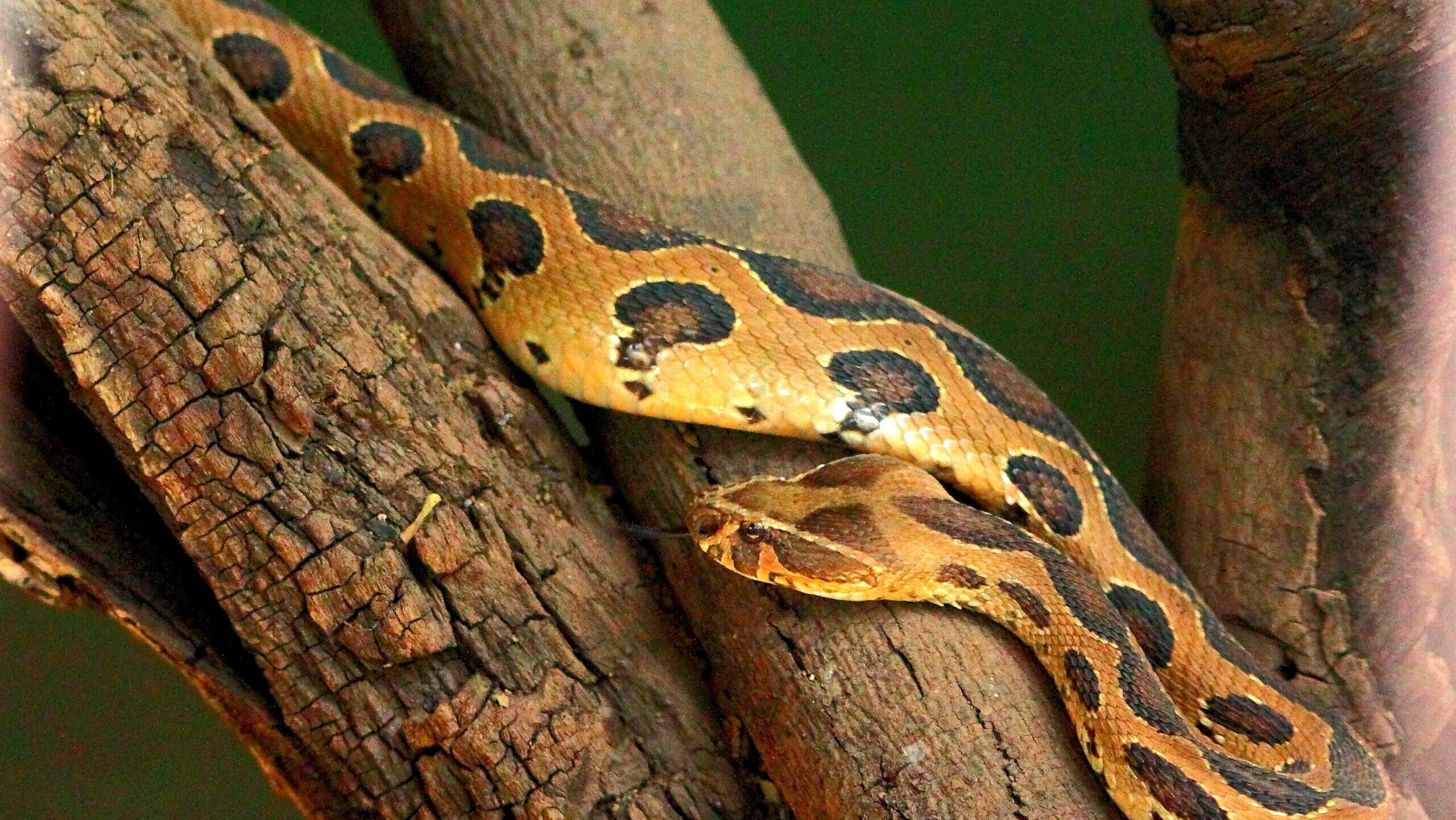
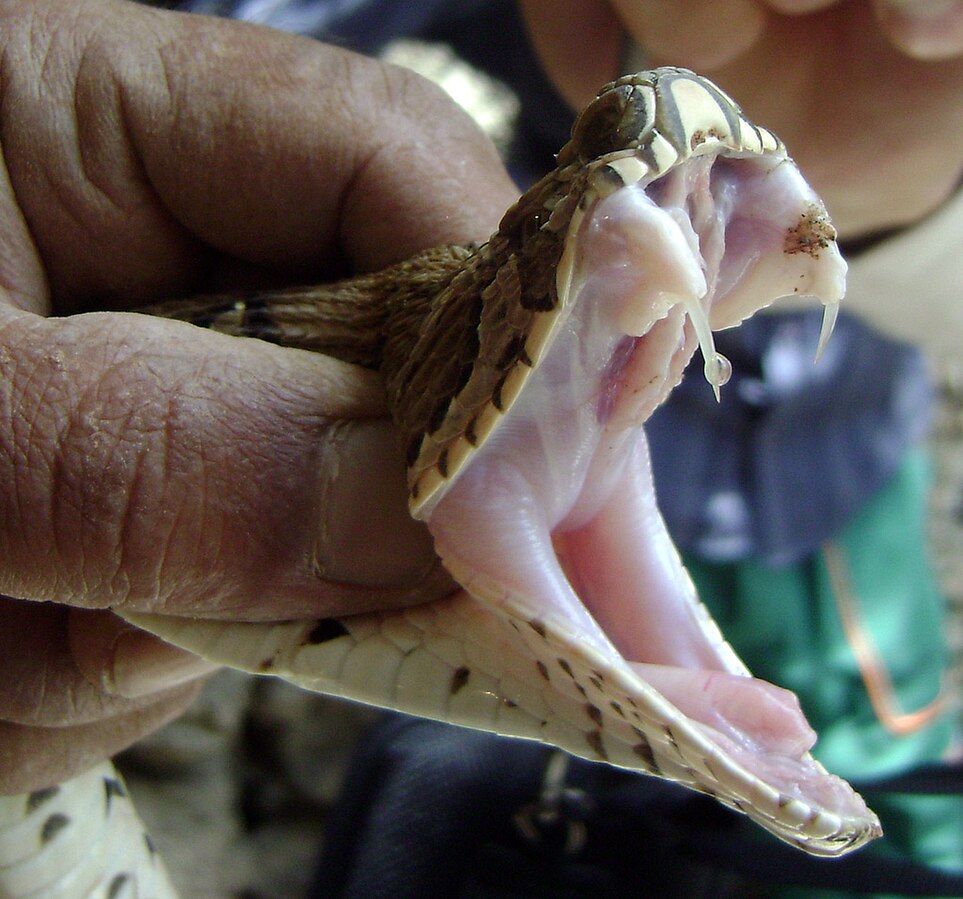
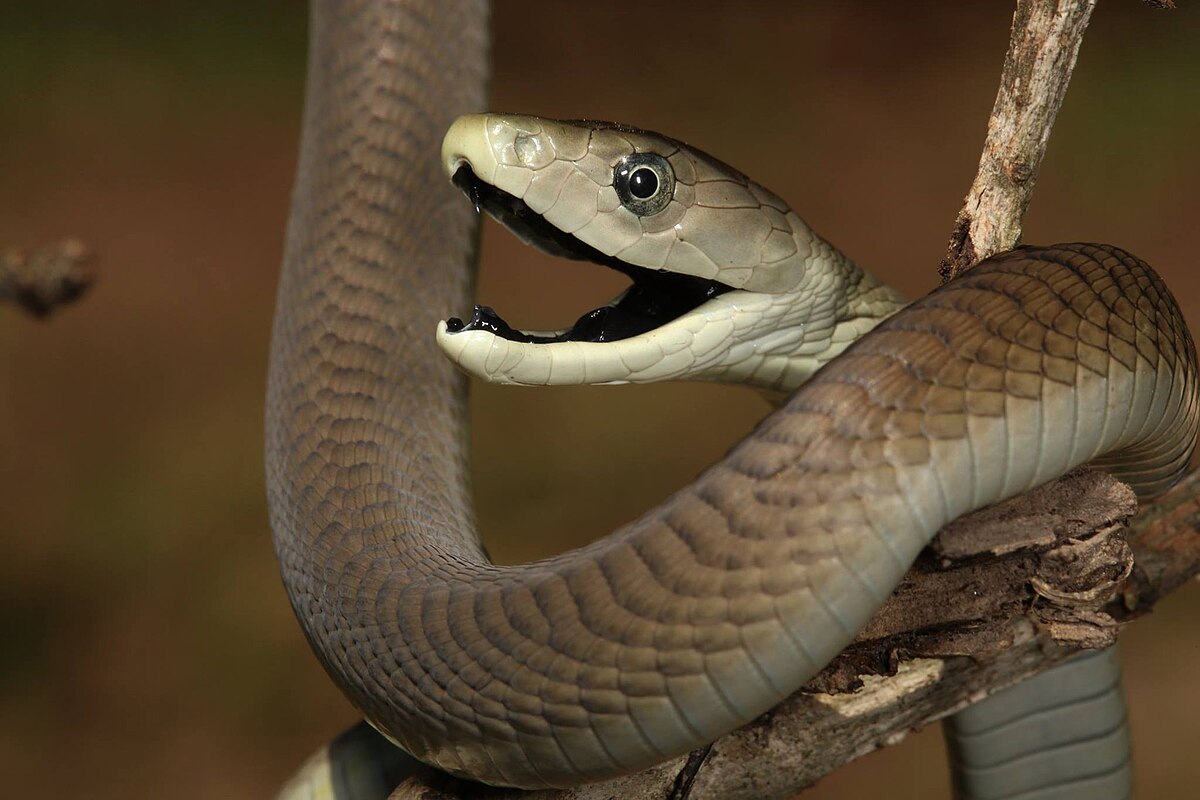




Leave a Reply